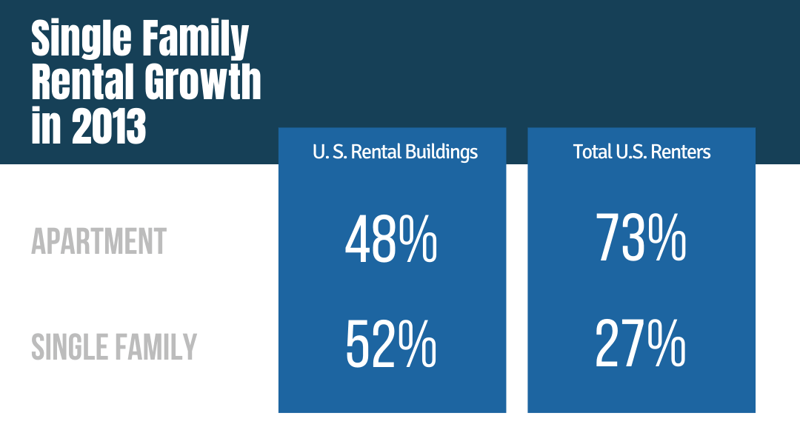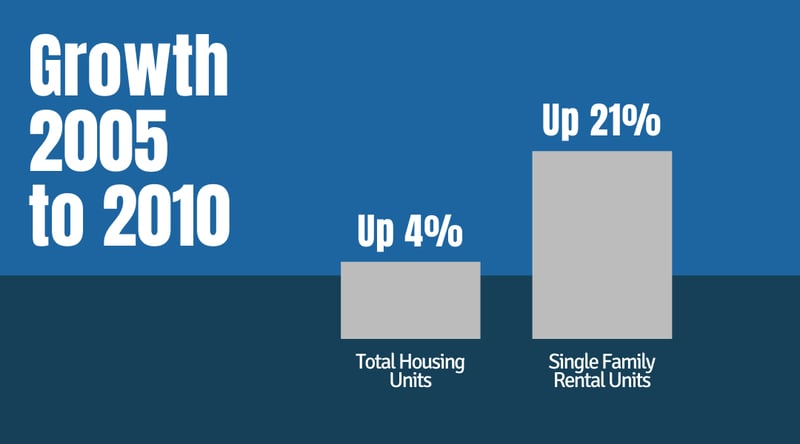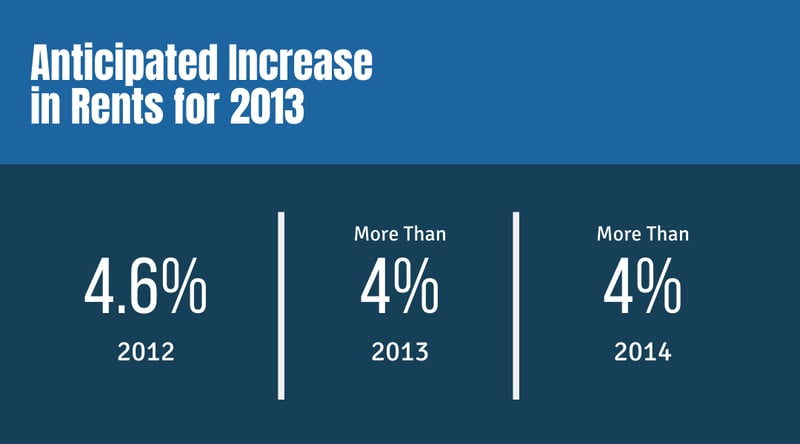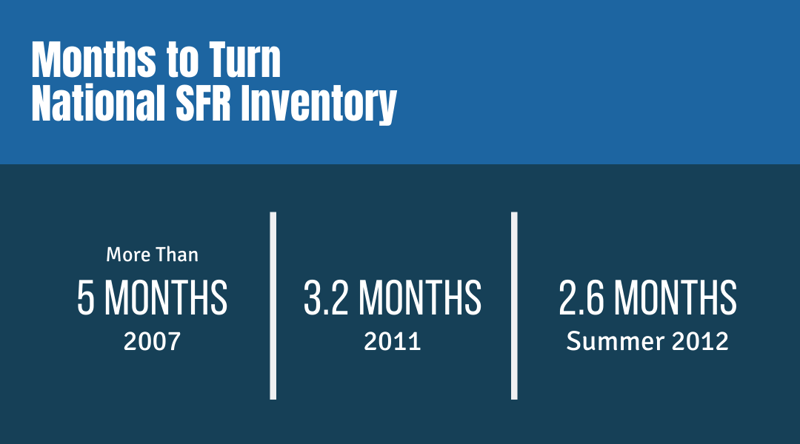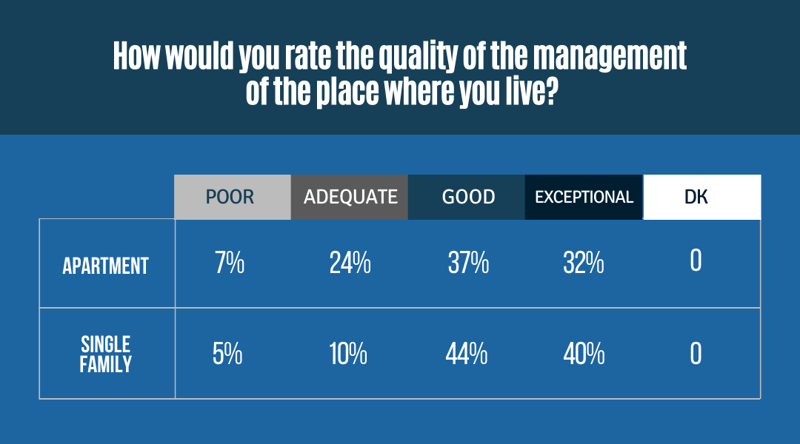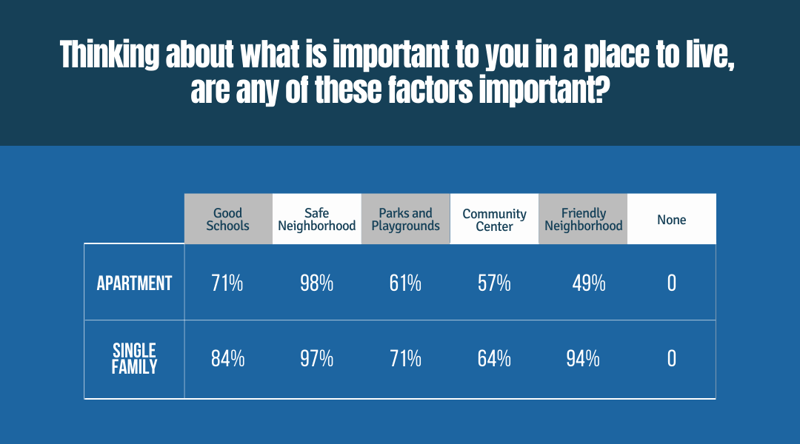Is Renting a Single-Family Home the New Alternative to Homeownership?
A new national survey of renters by Opinion Research Corporation dispels myths and answers questions about the future viability of millions of single-family homes owned by real estate investors.
• Is there a stable demand for the growing number of foreclosures converted into rentals?
• Which renters are more stable and likely to stay five years or more, single-family?
• Which are more eager to become homeowners?
• How are SFR tenants different from apartment dwellers?








